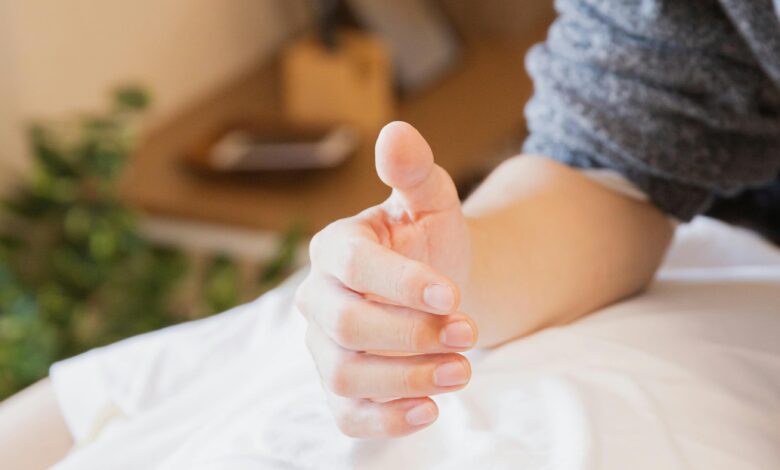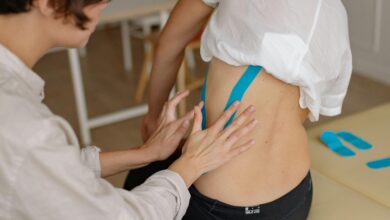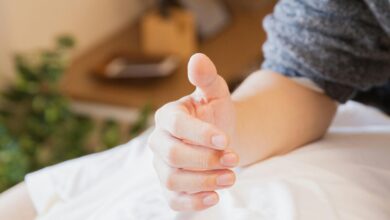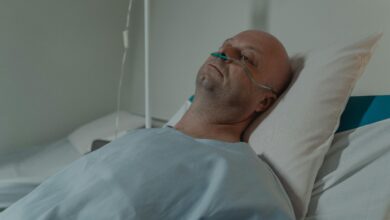The Best Treatments for Arthritis Pain: A Comprehensive Guide

Arthritis is a common condition that affects millions of people worldwide, causing joint pain, stiffness, and swelling. While there is no cure for arthritis, there are numerous treatments available to manage pain, improve mobility, and enhance overall quality of life. In this guide, we’ll explore the best treatments for arthritis pain, ranging from medications and physical therapies to lifestyle changes and alternative remedies.
1. Understanding Arthritis
Types of Arthritis
- Osteoarthritis (OA): The most common form, caused by wear and tear on the joints.
- Rheumatoid Arthritis (RA): An autoimmune disorder where the immune system attacks the joints.
- Psoriatic Arthritis: Associated with psoriasis, affecting both skin and joints.
- Gout: Caused by uric acid crystal buildup in the joints.
Symptoms of Arthritis
- Joint pain and stiffness, especially in the morning or after periods of inactivity.
- Swelling, redness, and warmth around affected joints.
- Reduced range of motion and flexibility.
Effective treatment depends on the type of arthritis, its severity, and individual factors like age and overall health.
2. Medications for Arthritis Pain
1. Over-the-Counter (OTC) Pain Relievers
- Acetaminophen (Tylenol): Effective for mild to moderate pain but does not reduce inflammation.
- Nonsteroidal Anti-Inflammatory Drugs (NSAIDs): Such as ibuprofen (Advil) and naproxen (Aleve), which relieve pain and reduce inflammation.
2. Prescription Medications
- Corticosteroids: Such as prednisone, which reduce inflammation and suppress the immune system.
- Disease-Modifying Antirheumatic Drugs (DMARDs): Used for RA to slow disease progression.
- Biologics: A newer class of DMARDs targeting specific parts of the immune system.
- Topical Treatments: Creams, gels, or patches containing NSAIDs or capsaicin for localized relief.
3. Hyaluronic Acid Injections
These injections mimic the natural fluid in joints, providing lubrication and cushioning for osteoarthritis patients.
3. Physical Therapies
1. Exercise
Regular physical activity strengthens muscles around the joints, improves flexibility, and reduces pain. Recommended exercises include:
- Low-Impact Aerobics: Walking, swimming, or cycling.
- Strength Training: Builds muscle support for joints.
- Stretching: Enhances flexibility and reduces stiffness.
2. Physical Therapy
A physical therapist can design a personalized exercise program to target specific areas of pain and improve joint function.
3. Occupational Therapy
Teaches techniques to perform daily tasks more easily, reducing strain on painful joints.
4. Heat and Cold Therapy
Heat Therapy
- How It Works: Increases blood flow and relaxes muscles, easing stiffness.
- Methods: Warm baths, heating pads, or paraffin wax treatments.
Cold Therapy
- How It Works: Reduces inflammation and numbs sharp pain.
- Methods: Ice packs, cold compresses, or gel-based cooling products.
Alternating between heat and cold can provide additional relief for some individuals.
5. Lifestyle Changes
1. Weight Management
Excess weight puts extra stress on weight-bearing joints like knees and hips. Losing even a small amount of weight can significantly reduce arthritis pain.
2. Healthy Diet
Anti-inflammatory foods can help manage symptoms:
- Fatty fish rich in omega-3 fatty acids (e.g., salmon, mackerel).
- Fruits and vegetables high in antioxidants (e.g., berries, spinach).
- Whole grains and nuts for sustained energy and reduced inflammation.
3. Joint Protection Techniques
- Use assistive devices like braces, splints, or ergonomic tools.
- Avoid repetitive motions and activities that aggravate pain.
6. Alternative and Complementary Therapies
1. Acupuncture
This traditional Chinese medicine technique involves inserting thin needles into specific points on the body to relieve pain and improve energy flow.
2. Massage Therapy
Massage reduces muscle tension, improves circulation, and promotes relaxation. Look for therapists experienced in treating arthritis.
3. Herbal Supplements
Some supplements may help alleviate arthritis symptoms:
- Turmeric/Curcumin: Known for its anti-inflammatory properties.
- Ginger: May reduce pain and swelling.
- Glucosamine and Chondroitin: Often used for osteoarthritis, though evidence is mixed.
Always consult a healthcare provider before trying herbal remedies, as they can interact with medications.
7. Surgical Options
For severe cases of arthritis that don’t respond to conservative treatments, surgery may be necessary:
- Joint Replacement Surgery: Replaces damaged joints with artificial ones (common for hips and knees).
- Joint Fusion: Stabilizes smaller joints like those in the wrist or ankle.
- Arthroscopy: Minimally invasive procedure to repair joint damage.
8. Mind-Body Practices
1. Yoga and Tai Chi
These gentle practices combine movement, breathing, and meditation to improve flexibility, strength, and mental well-being.
2. Meditation and Relaxation Techniques
Stress can exacerbate arthritis pain. Mindfulness meditation, deep breathing, and progressive muscle relaxation can help manage stress and reduce discomfort.
9. Emerging Treatments
1. Platelet-Rich Plasma (PRP) Therapy
Involves injecting concentrated platelets from your own blood into the affected joint to promote healing.
2. Stem Cell Therapy
Uses stem cells to regenerate damaged tissue, though research is still ongoing.
3. Nerve Stimulation Devices
Devices like TENS (transcutaneous electrical nerve stimulation) deliver mild electrical currents to block pain signals.
10. Tips for Managing Arthritis Pain Daily
- Listen to Your Body: Rest when needed but stay active to prevent stiffness.
- Use Proper Posture: Maintain good alignment to reduce joint strain.
- Stay Hydrated: Keeps cartilage healthy and joints lubricated.
- Track Triggers: Identify activities or foods that worsen symptoms.




